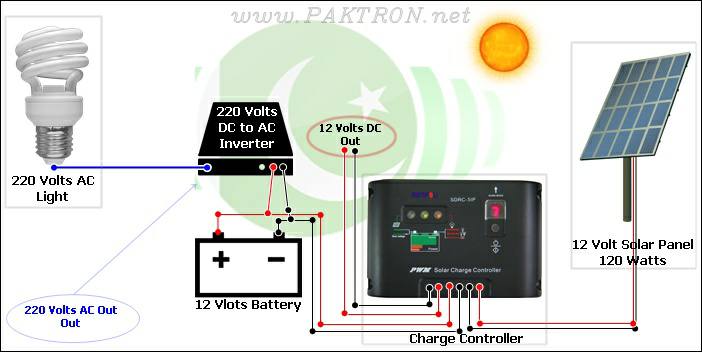Living without electricity is unimaginable in the modern age, but the heavy monthly bill that comes with it is a constant source of stress for many families. While people try their best to save energy, most are unaware that many of their household electronics are secretly consuming power even when they are “turned off.”
This phenomenon is known as “vampire energy” or “standby power.” It occurs when a device is plugged into the switch, even if it’s not in active use. These seemingly inactive appliances are actually drawing small amounts of electricity 24/7.
According to the U.S. Department of Energy, this oversight costs the average household an extra $100 to $200 per year. This “vampire load” can account for as much as 10% of your total electricity bill.
Experts suggest that by simply unplugging these devices, you can reduce your monthly bill by a noticeable 5 to 10 percent.
Which Appliances Are Draining Your Wallet?
1. Televisions: The most common culprit is the television. While older plasma models were the worst offenders, modern smart TVs are also significant energy drainers. When you turn them off with the remote, they don’t shut down completely; they enter a “standby” mode to start up faster next time. A 2025 UK study found that leaving a TV on standby costs consumers an extra £14.54 annually.
2. Video Game Consoles: Gaming consoles like the Xbox and PlayStation are known power hogs, even in their standby modes. An Xbox One, for example, can consume 16 watts of power per year just by being on standby.
3. Computers and Printers: Home office equipment is often overlooked. A 2022 report noted that households could save nearly £4 per year just by unplugging their printer when not in use.
4. Wi-Fi Routers and Set-Top Boxes: The home Wi-Fi router is a device that is almost never turned off and constantly draws power. Similarly, cable TV set-top boxes can add around $50 to your annual bill because they are always active.
5. Small Kitchen Appliances: In the kitchen, microwaves, coffee makers, and other small machines that remain plugged in can collectively add $10 to $20 to your yearly bill.
6. Mobile Phone Chargers: It’s a common habit to leave a charger plugged into the wall after the phone is removed. This empty charger still draws a small amount of power. Likewise, leaving your phone to charge overnight also contributes to unnecessary electricity consumption.



